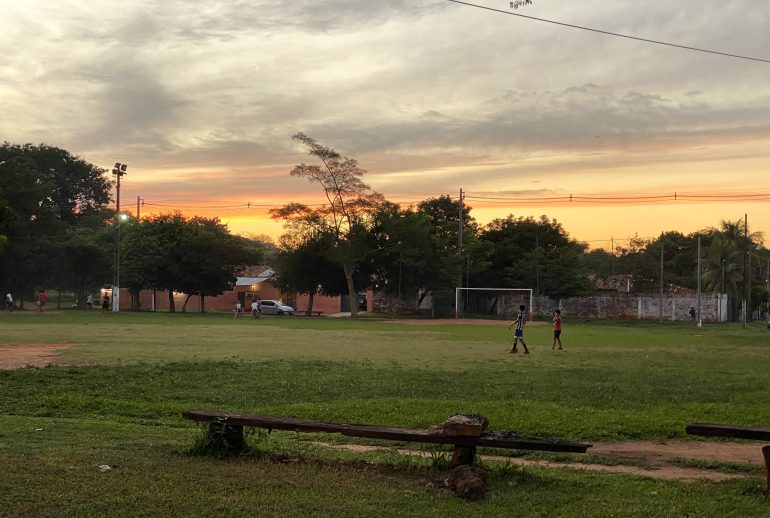In the heart of Mariano Roque Alonso, just twenty minutes outside Asunción, lies a modest neighbourhood: Monseñor Bogarín. At its center stands a school that today serves children from nursery school through the ninth grade. But behind its classrooms is a story of struggle, unity, and perseverance, told best by the people who helped to build it.
Roots of the neighbourhood
One of them is Rosario, a woman in her mid-sixties with kind eyes and a steady voice, who runs a small corner shop or a despensa at the corner of the neighbourhood. Sitting behind the counter of her shop, surrounded by neatly stacked shelves of rice, flour, and sweets for the children, she reflects on the long journey of her community.
“When I first arrived here forty-two years ago with my husband, there was nothing here,” she says. “Only a charcoal hut, no services, no shops. The neighbourhood was deserted.”
Back then, Rosario and her husband had just married in the city of Luque, full of dreams and plans for a family. “We wanted our children to grow up with education and opportunities. That was our biggest wish. But when we arrived here, even the simplest things meant travelling to central Asunción, miles away.”
The start of the future
Rosario explains that one of the biggest challenges in the Monseñor Bogarín neighbourhood was education. “There was no school nearby. Children had to cross the Transchaco Route back then, it was just two lanes, full of lorries and heavy trucks. Even today it is dangerous. As a mother, it was terrifying.”
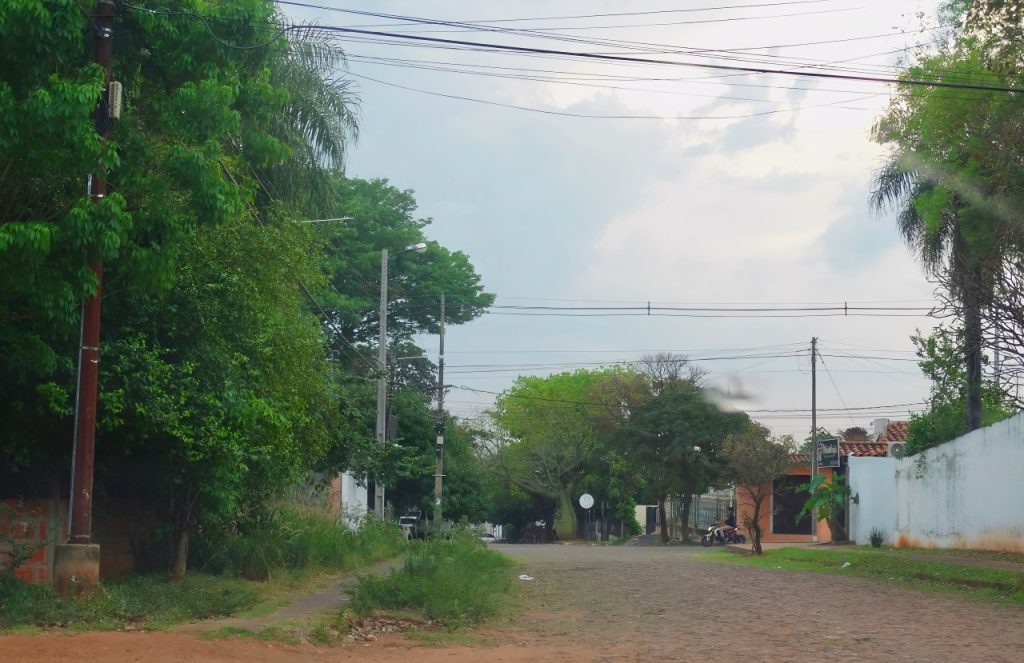
The National Route 09, better known as the Transchaco Route, connects the western part of Paraguay (El Chaco) with the rest of the country, which previously had only two lanes, but now has four. This is an important detail because most of the vehicles that passed were heavy lorries and trucks, and this remains the case even today.
Together with her neighbours, Rosario decided that enough was enough. They began to dream of building a school right in the neighbourhood. “At first, it sounded impossible. How could we manage to do something so big? But slowly, little by little, the dream turned into a project. And a project turned into a reality.”
The school and the effort
The land for the school was donated by Miguel Fernández, a generous neighbour who not only gave the space, but also included a house and even a sports court. Rosario remembers clearly: “El terreno era todo monte,” says Rosario, meaning: “the site was nothing more than scrubland.”
A community commission was formed, and neighbours organised event after event to raise funds. “We made polladas (a social event where people sell plates of roasted or grilled chicken to raise funds), we held tallarinadas (a community event where spaghetti plates are sold to raise funds). Everyone did their part. Step by step, the walls of the school rose.”
Today, thanks to those efforts, the school offers education from preschool all the way to ninth grade, a living testimony to the neighbourhood’s unity and perseverance.
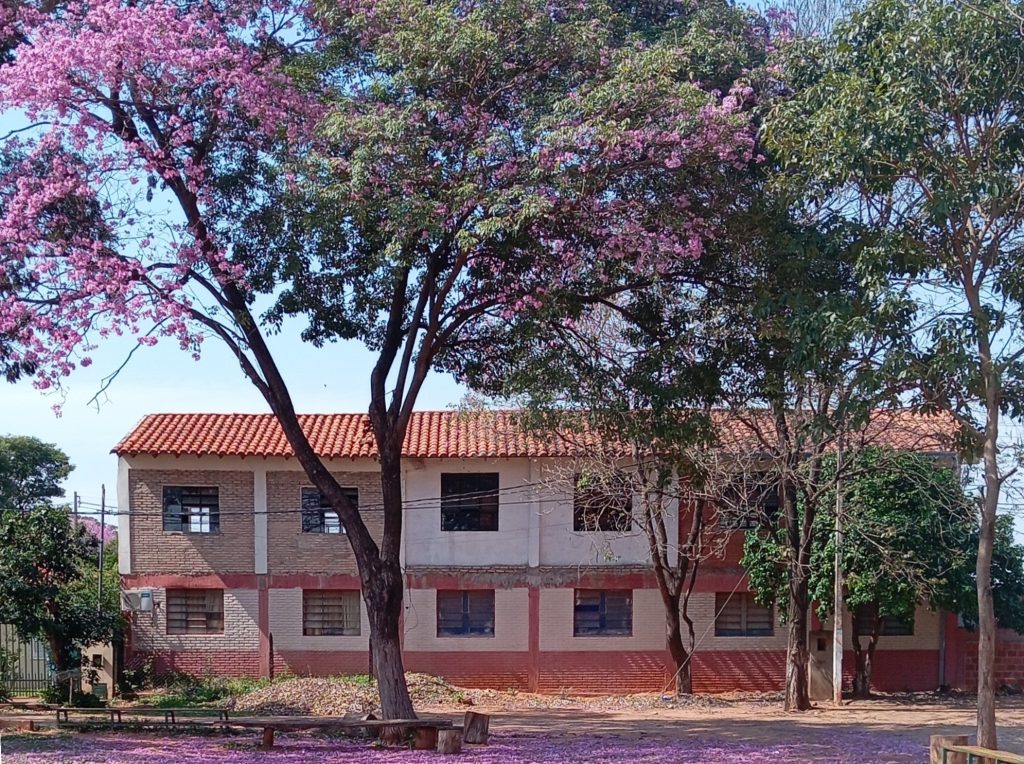
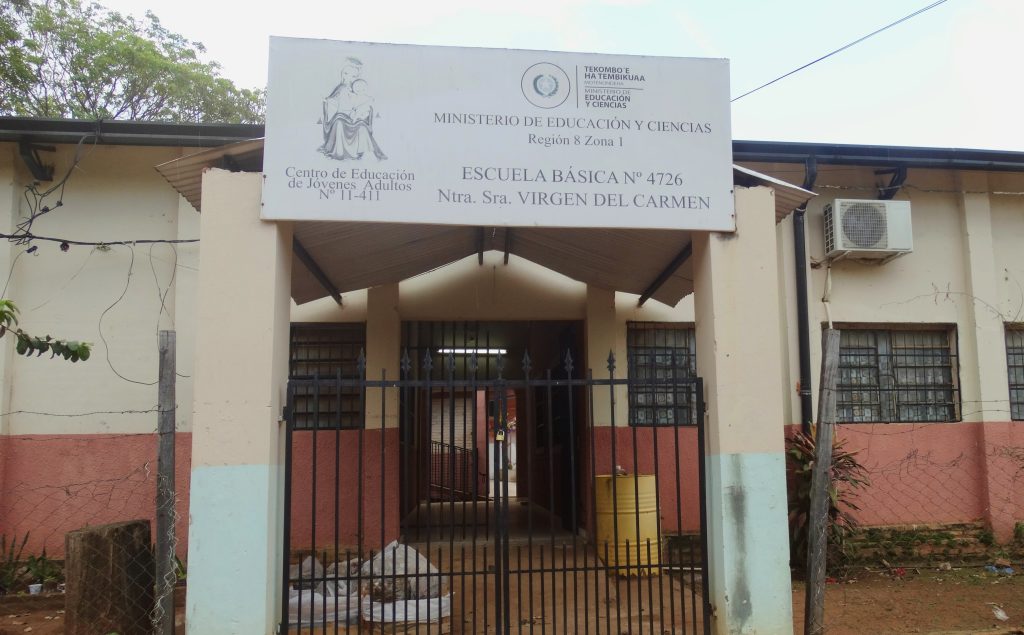
More than a shop, a despensa
Rosario’s despensa turned into more than just a place to buy food or groceries. It became a meeting point for neighbours, where people came not only to purchase what they needed but also for conversations, and even at times, advice and support.
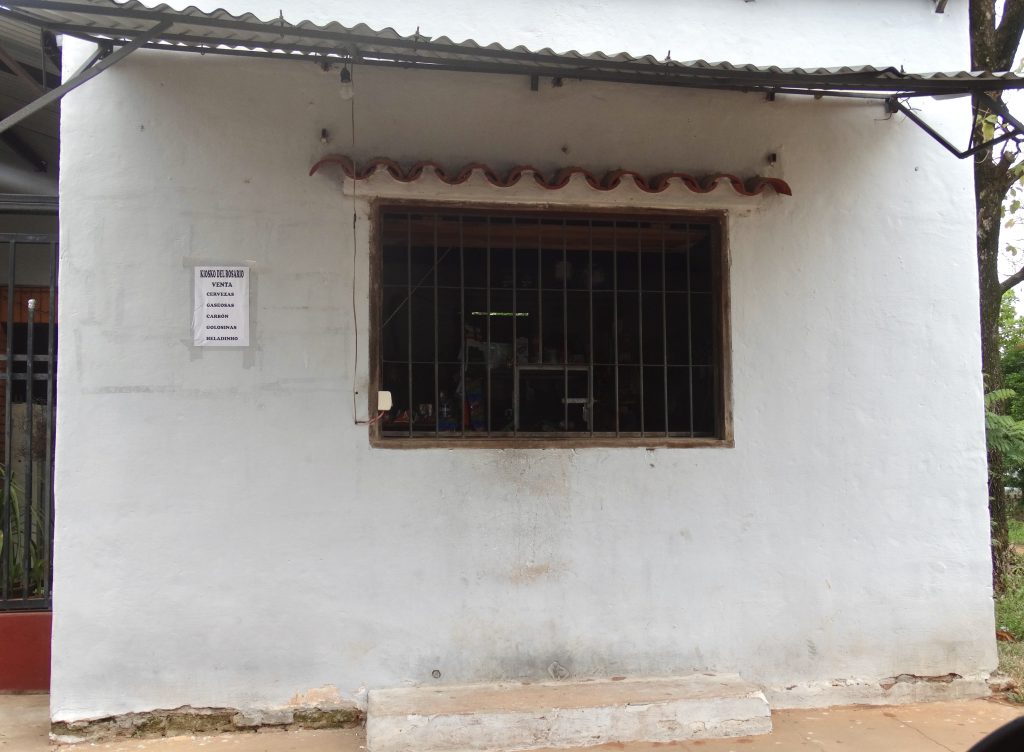
“We started the shop when my husband retired,” she explains with a gentle smile. “He did not want to spend his days doing nothing, so the despensa gave him an activity and a purpose. Many times, when families cannot afford something in the supermarket that opened a few years ago, they would come here, where prices are lower, or we would allow them to pay later.” This proves that solidarity is part of her daily life.
Inside the shop, the shelves may be simple, but the atmosphere is warm. Children stop by to buy sweets, neighbours drop in to chat, and Rosario is always there, listening, smiling, keeping the heart of the community beating.
Building the future together
Through both the despensa and the school, Rosario reminds the neighbours that true change begins with small steps and united hands. The Monseñor Bogarín neighbourhood is not only a place where people live, but a place where, together, the community continues to shape the future.
“We built this together,” she says with quiet pride. “The school, the shop, the neighbourhood, it is all part of the same story. A story that continues every day.”
Want to learn more about cities in Paraguay beyond Asunción? Check out From Jungle To Cosmopolis: The Rise Of Ciudad Del Este In Paraguay

